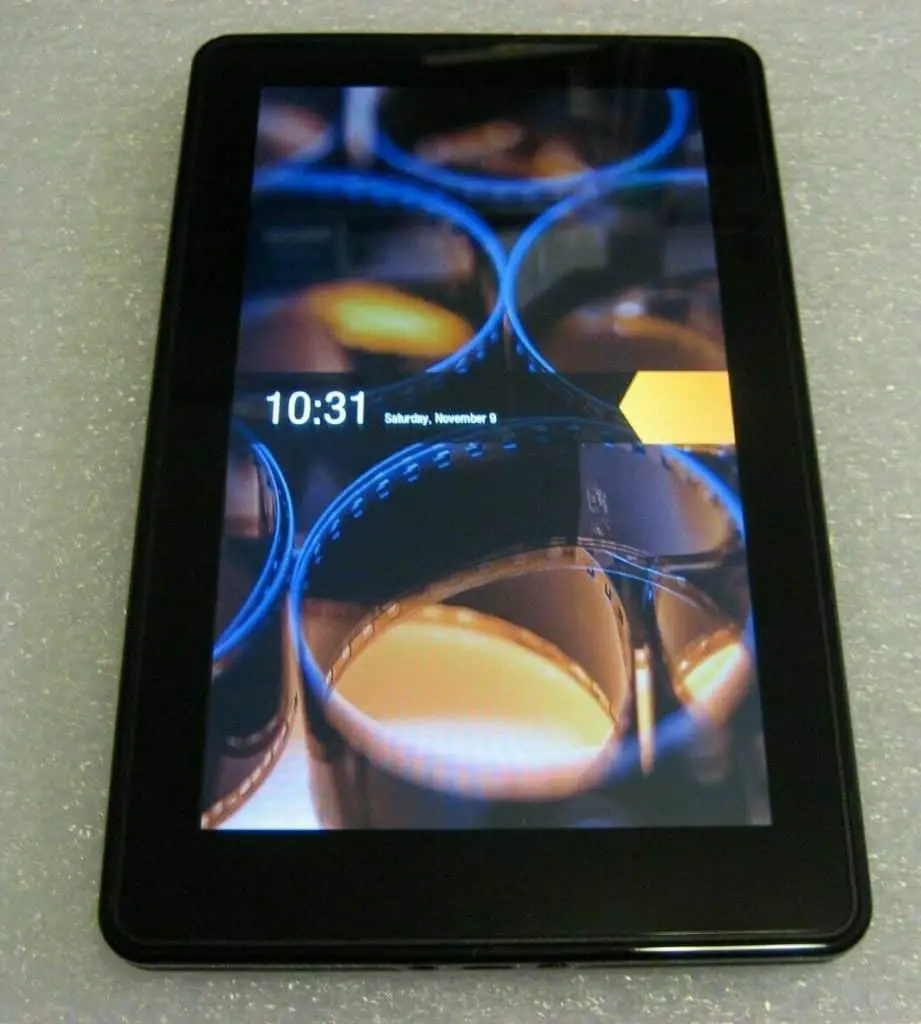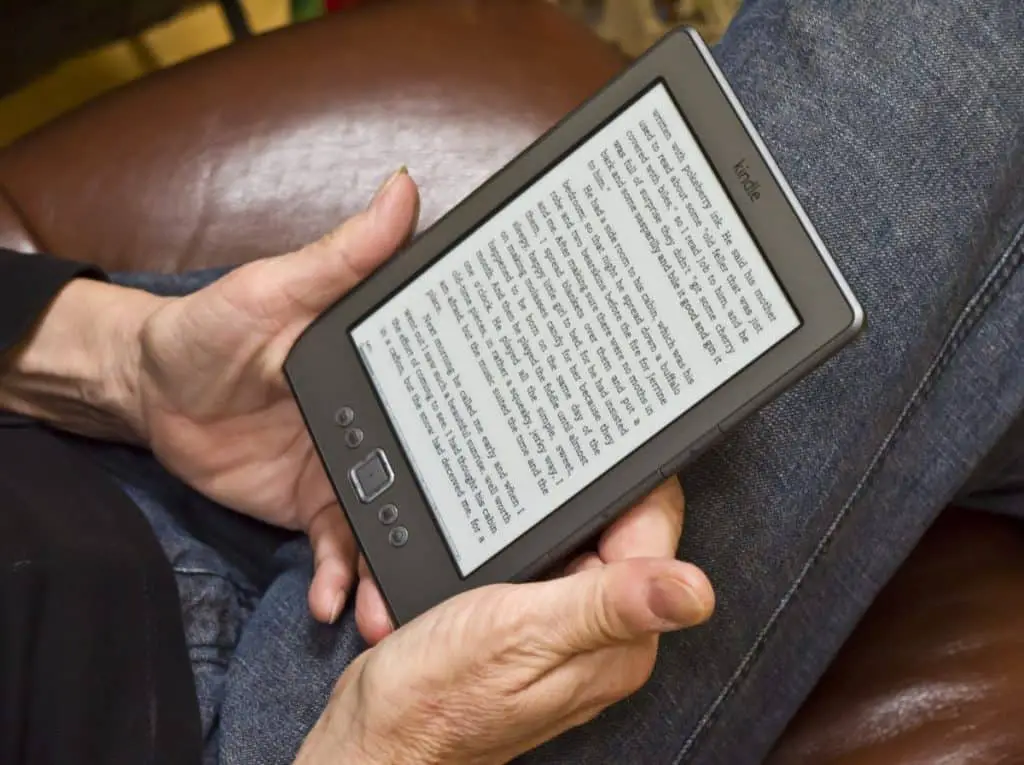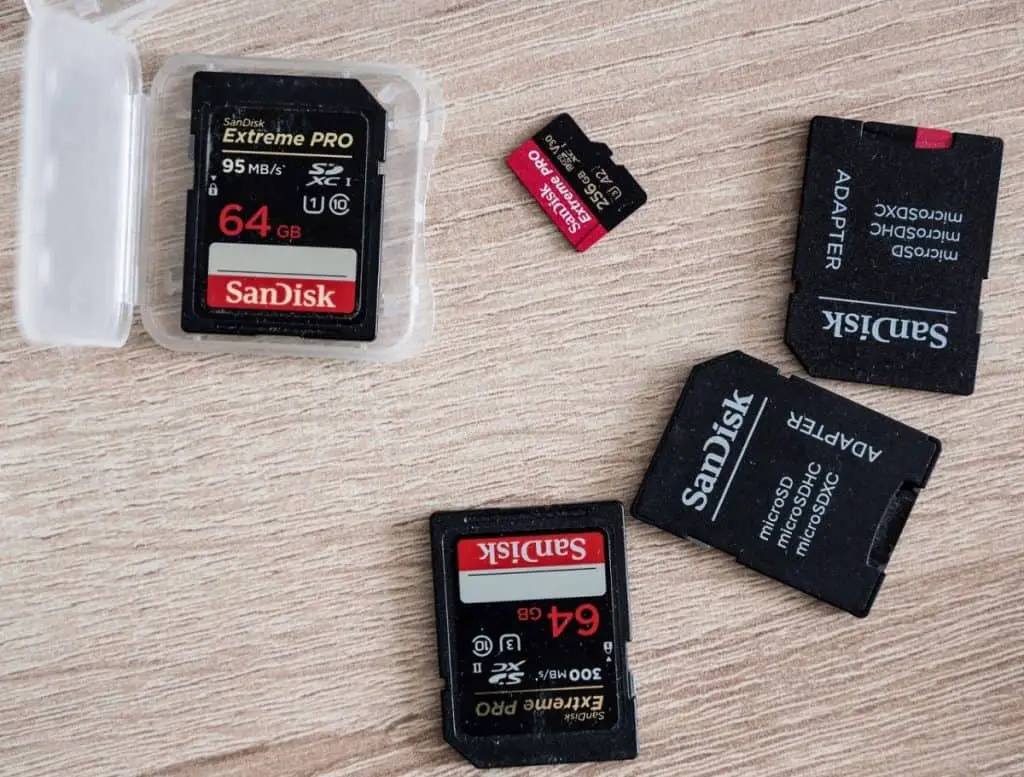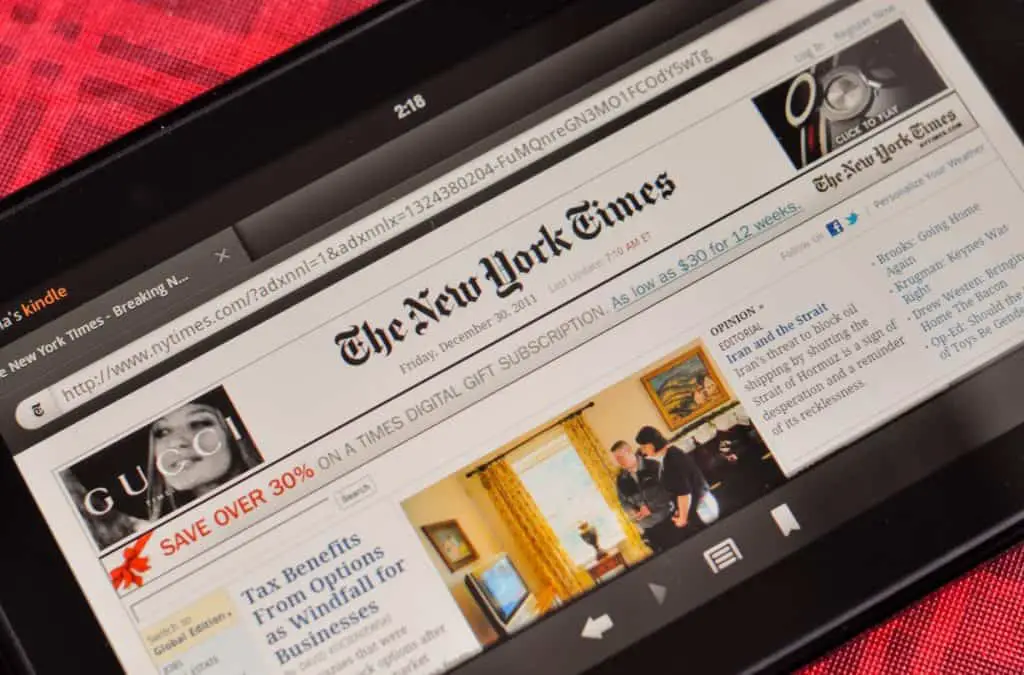When it comes to some of the most affordable yet high-quality tablets around, there aren’t a lot of brands that can come close to what Amazon has to offer in the form of its Kindle Fire line of tablets, which are the best in terms of the budget Android tablets. However, as good as the Kindle Fire is, it still does face a few problems such as when its microSD card isn’t recognized. So, why isn’t your Kindle Fire microSD card recognized and how can you fix it?
There is no exact reason why your Kindle Fire is not recognizing its microSD card but you can resolve this issue by doing a force reset, updating the tablet, removing and reinserting the microSD card, or removing its case. Sometimes, it could be the microSD card that has the problem as when it is defective.
Like a lot of different problems plaguing different tablets, the Kindle Fire has its own fair share of issues that may or may not have clear solutions. In that regard, the reasons why your microSD card may not be working can vary but the good news for you is that there are several solutions to this problem. You can try them all out and see for yourself if they were able to answer your problem.

Why use a microSD card for Kindle Fire?
The tablet market has a lot of different players that have solidified themselves in the pecking order. This has been going on for years already as Apple has been the undoubted leader in terms of tablet sales thanks to the popularity of the iPhone. Meanwhile, Samsung is the second name that would pop out in terms of its hold over the entire tablet market even though it might not have the same commanding power that Apple has. Still, Samsung is pretty much the leader in Android tablet sales.
As popular as iPad and the Samsung tablets may be, you would be surprised to know that Amazon is still pretty much in the race and usually competing with Huawei for the third spot in its hold over the entire global tablet market share. That means that Amazon, with its Kindle tablets, is still quite the giant when it comes to tablets.
But while we often associate Amazon with its Kindle E-reader, it has since become well-known in the tablet market thanks to the Kindle Fire, which is its all-around Android tablet that is far from the original Kindle E-reader in terms of its functionality and features. And the best thing about the Kindle Fire line of tablets is that they are quite affordable in comparison to some of the other giants in the industry.

The most expensive Kindle Fire is more affordable than the cheapest iPad, and that is why Amazon is still making a name for itself in the tablet market due to how it became one of the leaders in the affordable tablet line. In a sense, instead of competing with the power that Apple and Samsung have over the tablet market, Kindle made it a point to target its own niche market.
All that said, the problem with affordable tablets is that they don’t always give you the best in terms of what you are looking for in your tablet. While some tablets offer you amazing specs, features, and storage capacities, the Kindle Fire might not always cover all of those bases even though it is quite amazing as an affordable tablet line. And the reason can be attributed to how low-cost this tablet is.
So, when you look at it, those who might want to have tablets that are capable of giving them plenty of storage space freedom won’t be too happy with the internal storage that the Kindle Fire comes with. The most expensive Fire tablet comes with a storage capacity of 64GB, which might be okay for some people but surely isn’t enough for heavy users who may want to make sure that they have plenty of room for their files, photos, videos, and games.
This is where a microSD card comes in to fill in the gap that the Kindle Fire has in terms of its storage space. Even though you might not be happy with the internal storage that your Fire tablet comes with, that shouldn’t be too much of a problem if you have a good microSD card that can store most of your files, photos, and videos. That is why those who use Kindle Fire tablets will most likely have microSD cards as well.
Another reason why it should be a good idea to have a MicroSD card for your Kindle Fire is that it gives you better portability in terms of your files considering that you can just simply remove the microSD card from your tablet and insert it into other devices such as smartphones, laptops, and other tablets. This makes it easier for you to use your files depending on which device you are using as you are no longer constricted to using such files in your Fire tablet alone.
So, while the Fire tablet does indeed have limitations in terms of what its storage capacity offers you, this shouldn’t be too much of an issue for those who are willing to use microSD cards to augment and improve their Kindle Fire’s storage. This is usually the case among different Kindle Fire users or even Android device users, for that matter.
Why Kindle isn’t recognizing MicroSD card?
Different types of tablets actually come with their own specific issues especially because certain tablets are constructed differently from others. In that regard, the Kindle Fire, due to its low-cost construction and affordable price tag, may also come with issues of its own especially when it comes to its microSD card.
What we mean to say here is that it is quite common for Kindle Fire tablets to have issues in relation to their microSD card. And among all of the microSD card issues that are associated with the Kindle Fire, one of the most common is when the tablet itself doesn’t recognize the microSD card such that it would appear that the tablet doesn’t have a microSD card even though the storage device is actually inserted into the tablet.
So, when it comes to this problem, you might be wondering why this is so common among Kindle users. There is no definite answer to that question because it can be a case-to-case situation depending on the user of the tablet and on how the tablet was made. Nevertheless, there really are no exact answers as to why most Kindle Fire tablets have this kind of a problem in relation to their microSD card. However, there might be a few reasons that are worth looking at.
The most obvious reason why your Kindle isn’t recognizing the microSD card is not that the tablet is broken or has problems. Instead, the culprit might be the microSD card itself. That’s right, it might be because the card has issues that all contribute to how the tablet isn’t recognizing it. It might be broken or it might not be compatible with the tablet.
So, in that regard, when it comes to the microSD card having problems, this isn’t an issue in relation to your Kindle Fire tablet but is more of an issue in relation to the microSD card itself. This is why it is important for you to make sure that you only buy your microSD card from reputable sources and from official brands. We cannot stress how important it is for you to buy a branded microSD card as they are the ones that actually work and are compatible with most devices even though they might be on the expensive side of things.

How to fix Kindle not recognizing MicroSD card
So, regardless of the reasons why your Kindle Fire isn’t recognizing your microSD card, here are some of the more common fixes that you can try to use to remedy the problem and to make the storage device work:
Begin by making sure that your Kindle Fire is fully charged using the original cable and charger that it came with. This is important because you want to make sure that, while it is updating, it has to be near its full battery capacity because some updates may take a while to finish. After that, you need to hold the power button for 40 seconds so that you will be doing a force reset, which will reset your tablet and connect with the internet to download and install any updates that it needs. After that, allow the updates to install because updating your Kindle Fire may fix the solution especially if the new updates come with bug fixes.
Alternatively, you can also update your Kindle Fire manually by connecting it to a computer and by going to Amazon’s Kindle updates page to find the update that your tablet needs.
There are also some cases where you may just have to reinsert the microSD card similar to how some of your devices need to have their storage devices reinserted as well. That’s because the reader might not have read the card properly the first time your inserted it or maybe because you didn’t insert it properly. However, the key here is to make sure that you power down your tablet by turning it off. After that, remove the microSD card and then insert it carefully once again while the device is off before turning it on once again to check if it has recognized the microSD card.
In some instances, the case of your tablet might be causing issues here because it might be too tight to the point that it actually pressed the card further into the tablet. As such, the tablet will have problems reading the microSD card. So, what you need to do here is to remove the tablet’s case and try to see if it’s the one that has been causing the issues. If the tablet’s case was the problem, your best solution is to go bare or to buy a new case that is not as tight as the old one.

Try looking at your Kindle Fire’s settings by going to Settings, Storage, SD Card, then look at some of the categories that you think may be affecting your tablet’s ability to read your microSD card. It could be due to some settings issue here but the usual settings for Kindle Fire tablets is that they should be toggled to cater to a microSD card.
As mentioned, it could also be due to how your microSD card simply isn’t working or might not be compatible with your Kindle Fire tablet. To know if this is the issue, what you need to do is to turn the tablet off, remove the microSD card, and try inserting it in a different device that supports microSD cards (your laptop or your other smartphones or tablets may work). So, if the other devices can read the card, the problem might be due to your Kindle Fire or due to how it actually isn’t compatible with the MicroSD card that you bought. Then again, if the other devices don’t recognize the microSD card, you need to replace it because it might be broken.
Finally, the problem may be related to your Kindle Fire’s microSD card reader due to several reasons such as getting water-damaged or other similar instances that may have damaged it. When the card reader is damaged, the obvious result is that it won’t be able to properly read your microSD card. So, the only solution you have in this case is to go to the nearest Kindle service store to have your tablet checked. Don’t try to DIY yourself out of this problem because you might end up damaging your Kindle Fire if you opened it and tried to replace the card reader yourself.
